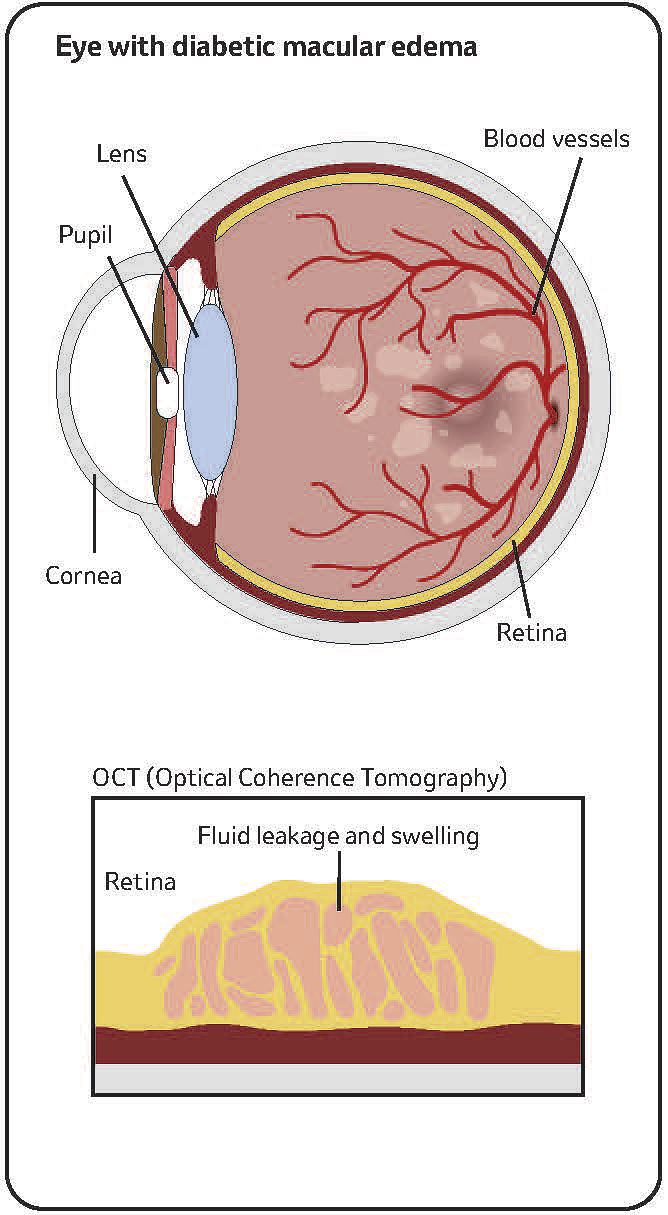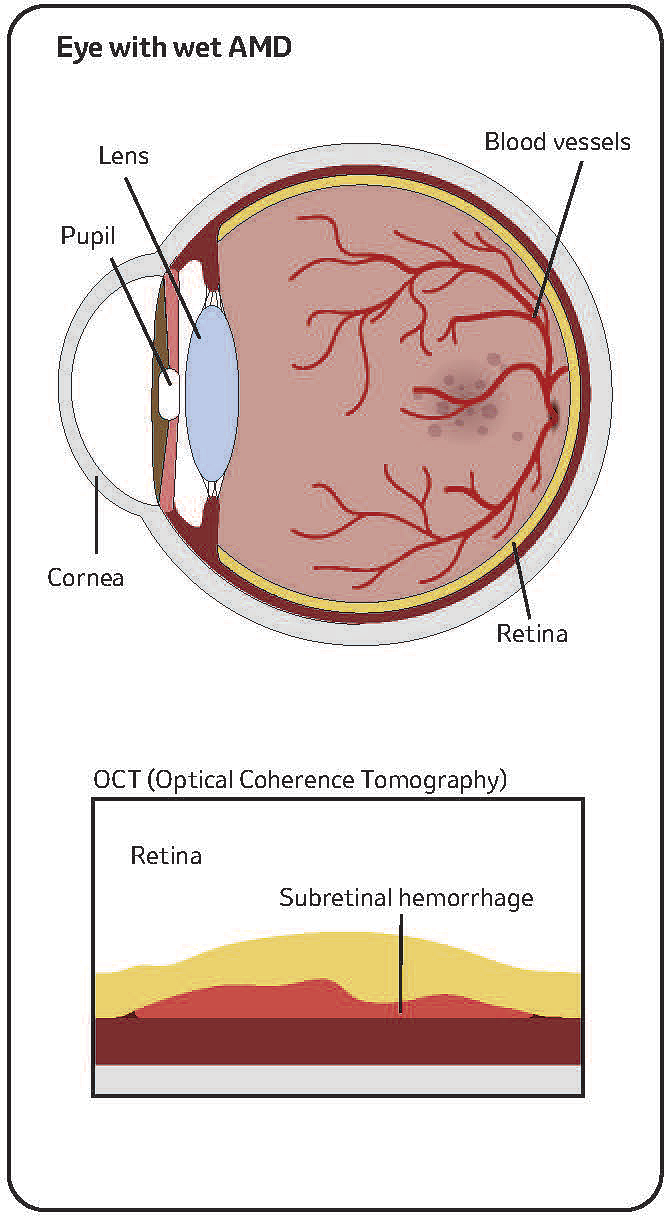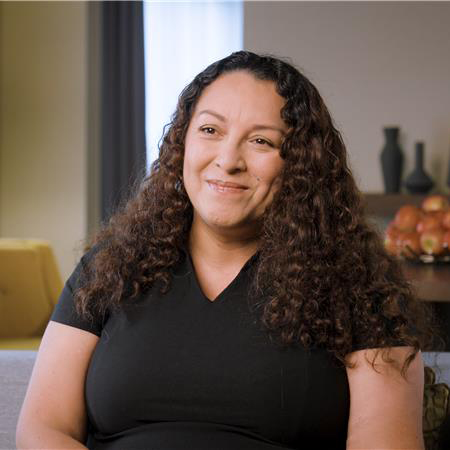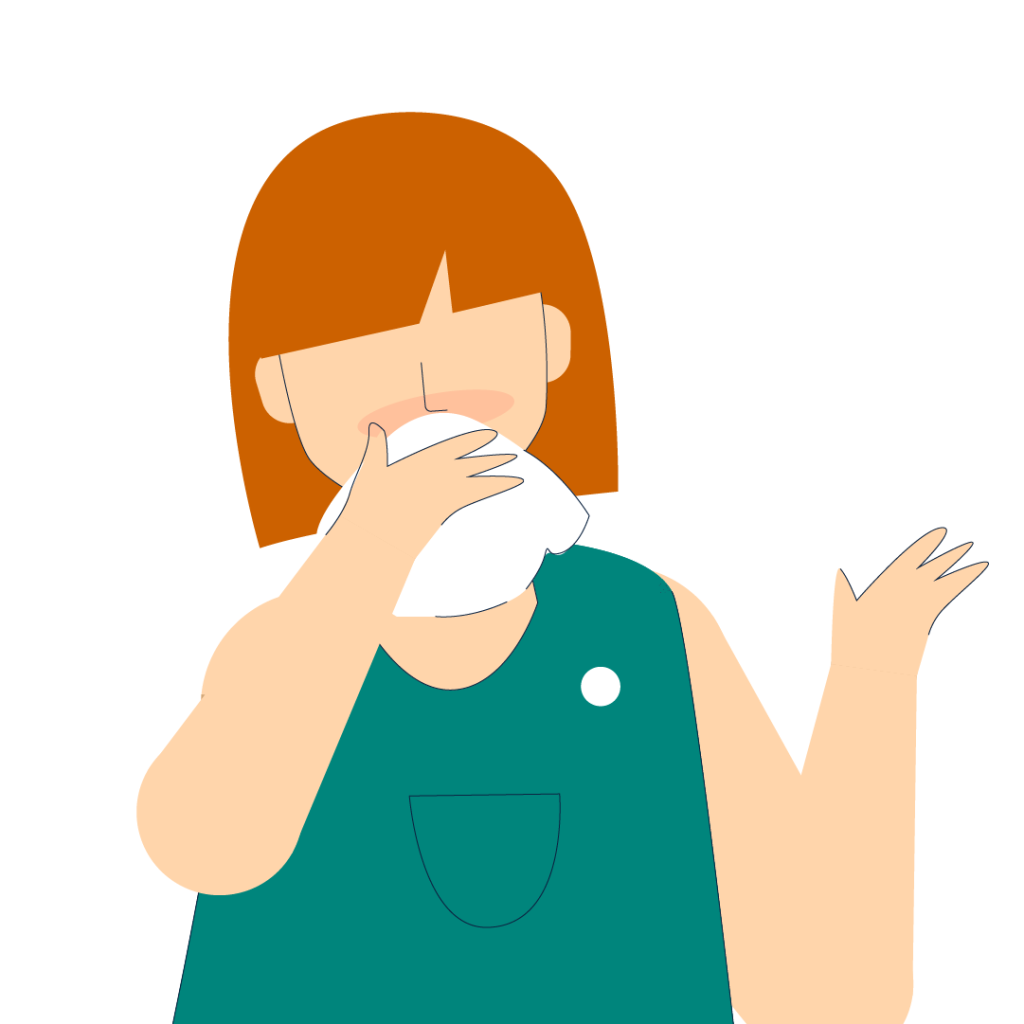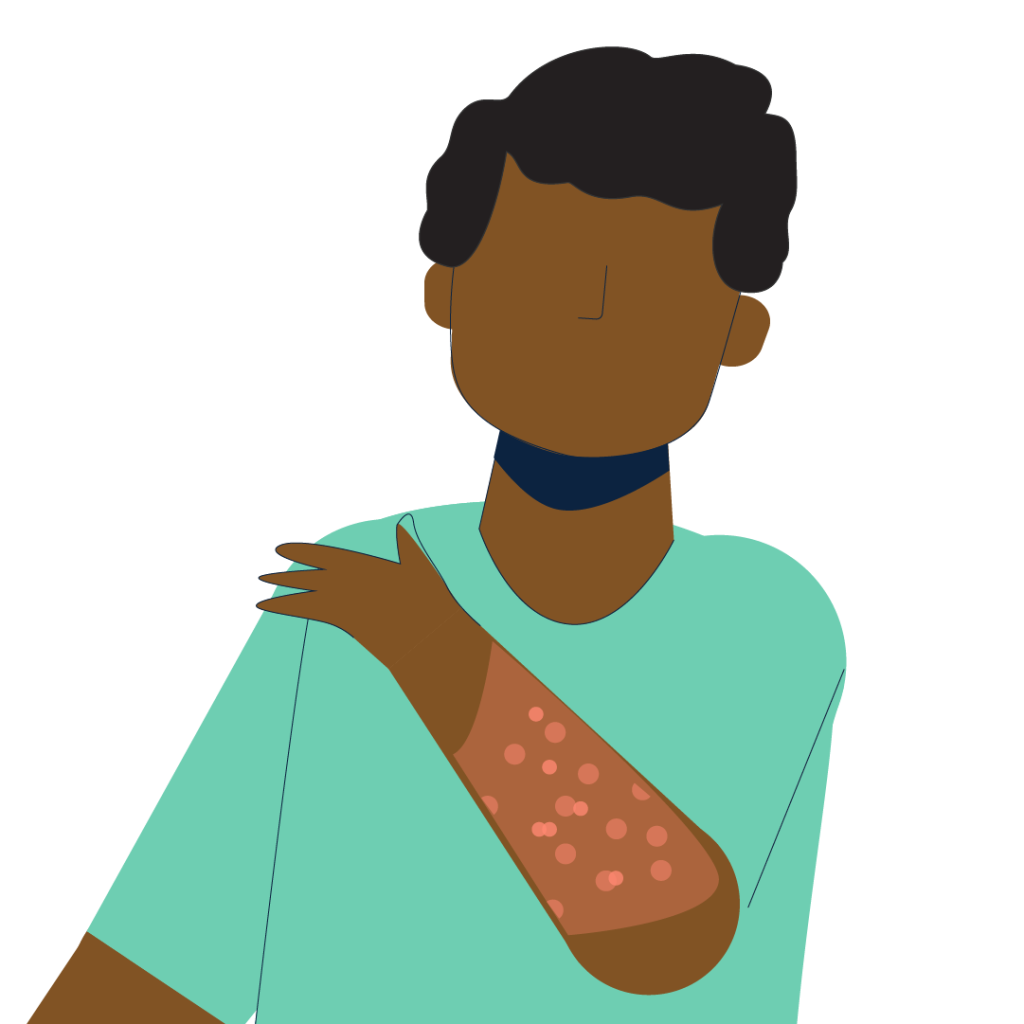The new manufacturing facilities powering our US growth
It's been a groundbreaking year at new and augmented facilities focusing on biologics, vaccines, animal health and more
October 24, 2025

We’re breaking ground and cutting ribbons across the country as part of our ongoing manufacturing expansion in the U.S.
From the opening of a $1 billion state-of-the-art vaccine production facility in North Carolina to the groundbreaking of a $3 billion pharmaceutical manufacturing center in Virginia, 2025 marked a year of significant growth for our U.S. manufacturing footprint, with multiple projects that expand capacity in pharmaceuticals, vaccines, biologics and animal health.
Totaling nearly $6 billion in manufacturing investments across North Carolina, Delaware, Kansas and Virginia, the expansions announced this year are part of a more than $70 billion investment, excluding any future business development investments in R&D, to augment our domestic manufacturing and research and development over the next several years.
“These milestones underscore our longstanding commitment to American manufacturing and, most importantly, our goal of providing new, innovative treatment options for people facing serious health challenges in the U.S. and around the world,” said Rob Davis, chairman and CEO.
Here’s where we’re growing:
Center of Excellence for Pharmaceutical Manufacturing — Elkton, Virginia
Start of construction: October 2025

Our company has a long history in Elkton, where we’ve been manufacturing since 1941. In October, we broke ground on a $3 billion, 400,000-square-foot manufacturing facility that will include both active pharmaceutical ingredient and drug product investment supporting small molecule manufacturing and testing, with the potential to create more than 500 full-time roles as well as 8,000 construction jobs.
“For almost 85 years, our Elkton site has been a beacon of innovation in our proud legacy of delivering leading-edge science for patients,” said Sanat Chattopadhyay, executive vice president and president, Merck Manufacturing Division. “We’re proud to be part of the Elkton community, where generations have contributed to our important work with determination, accountability, teamwork and grit.”
Animal Health manufacturing facility — De Soto, Kansas
Start of construction: May 2025

In May, we announced an $895 million capital expansion at our Animal Health biologics facility in De Soto. It includes an $860 million investment in the site’s existing manufacturing facility and a further $35 million investment in its research and development laboratories.
The 200,000-square-foot manufacturing facility project will expand filling and freeze dryer capacity for large molecule vaccines and biologic products.
“Our De Soto manufacturing facility is strategically located in the heart of the Animal Health Corridor, an unparalleled ecosystem for innovation, collaboration and industry leadership,” said Richard DeLuca, president, Merck Animal Health. “This investment in our site is designed to increase our ability to meet growing customer demand and ensure our company remains at the forefront of innovation in the animal health sector.”
The expansion is anticipated to create 2,500 construction jobs and more than 200 full-time commercial manufacturing roles.
Merck Wilmington Biotech — Wilmington, Delaware
Start of construction: April 2025

Our $1 billion, 470,000-square-foot facility in Wilmington will comprise laboratory, manufacturing and warehouse capabilities to enable the launch and commercial production of next-generation biologics and therapies including potent antibody-drug conjugates.
Located at Chestnut Run Innovation & Science Park (CRISP), the facility will help foster growth in Wilmington’s biotechnology sector and is expected to create more than 500 full-time roles and roughly 4,000 construction jobs. “As a hub for life science, research and development, and pharmaceutical manufacturing, CRISP offers unparalleled opportunities for future expansion,” said Chattopadhyay.
The laboratory component is expected to be fully operational by 2028, with production of investigational compounds anticipated to start by 2030.
Vaccine production facility — Durham, North Carolina
Opened: March 2025

In March, we announced the completion of a $1 billion, 225,000-square-foot state-of-the-art facility to expand vaccine production capacity in Durham, expected to generate nearly 400 full-time roles and roughly 4,000 construction jobs.
The facility leverages new technical and digital capabilities including data analytics, generative AI, 3D printing and a training center equipped with a digital twin — a virtual model of the shop floor manufacturing process systems — to accelerate new employee training and simulate process changes before they are implemented.
“This level of investment and commitment speaks so powerfully to the work we do here in Durham,” said Amanda Taylor, vice president and Durham plant manager. “To see the pride and the energy of the people who work here and are helping drive this evolution in our capabilities is just phenomenal.”

Our commitment to American manufacturing, R&D and economic growth
Since the enactment of the 2017 tax reform law, we’ve accelerated our commitment to U.S. innovation and manufacturing. Notably, we’ve invested over $12 billion in U.S. manufacturing since 2017 and more than $81 billion in U.S.-based R&D since 2018, supporting tens of thousands of American jobs.



